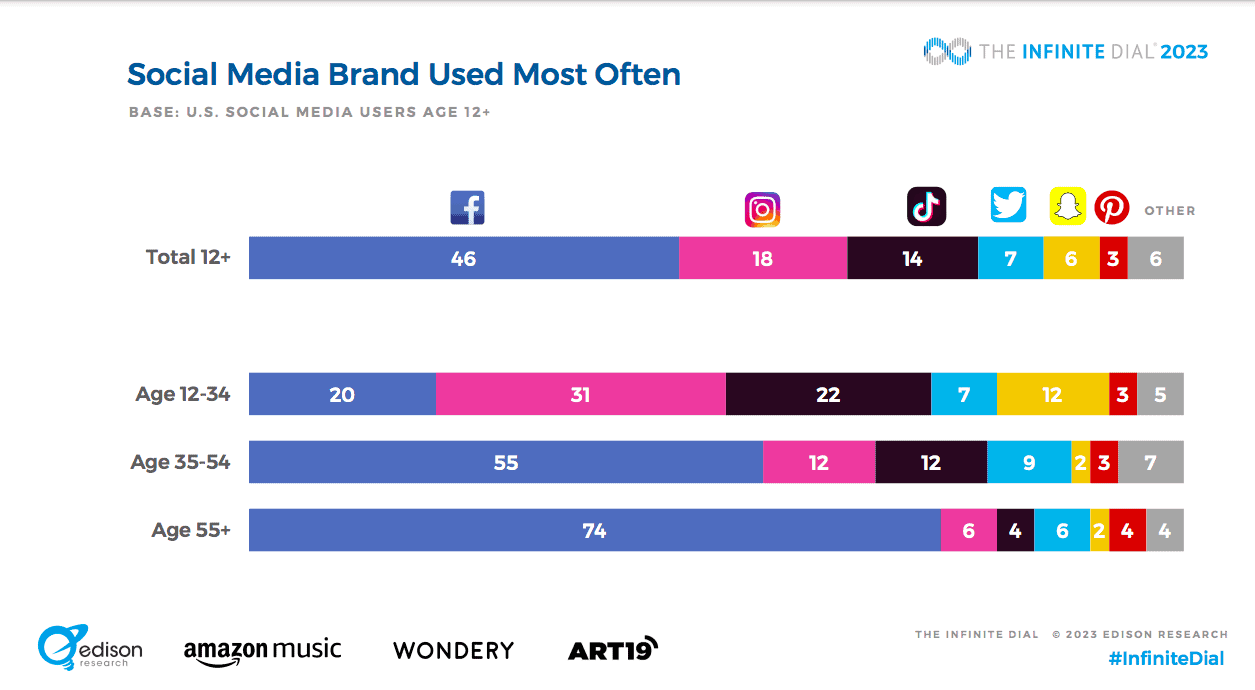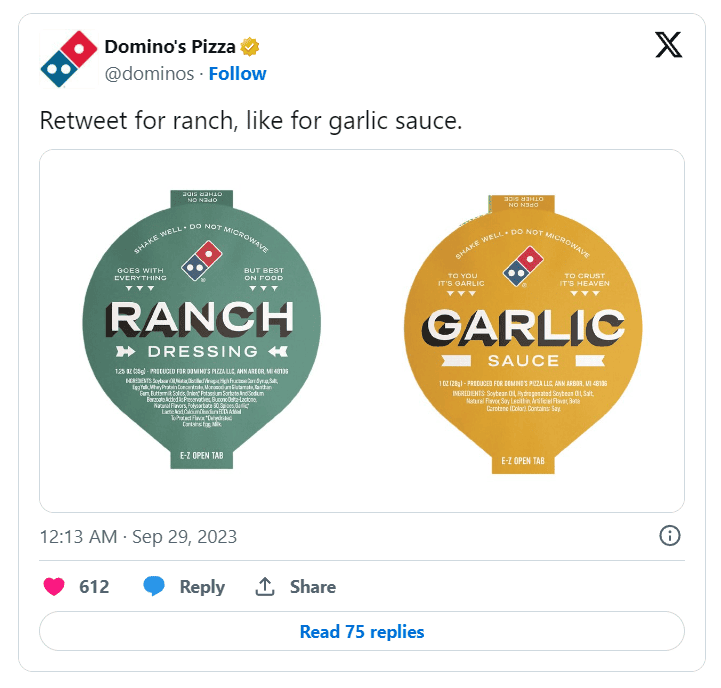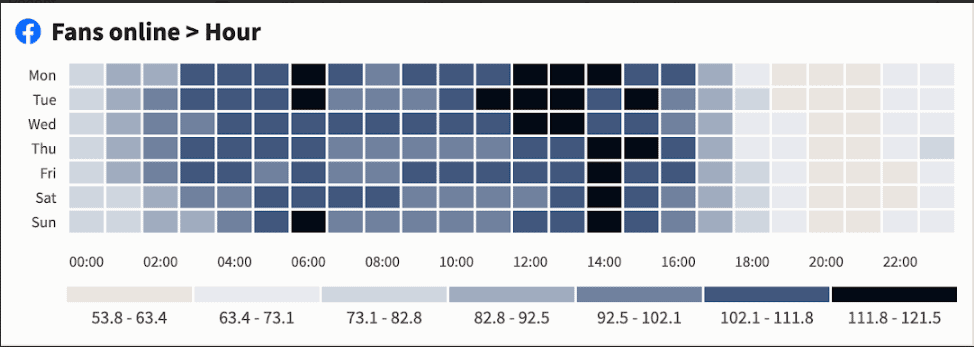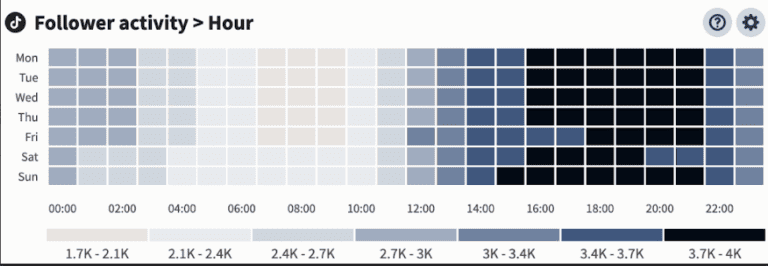With numerous social platforms to handle, the temptation to post to all social media at once arises. Is it feasible? Technically, yes. Is it an ideal practice? Not exactly. With the appropriate tools, scheduling content across multiple social media accounts is possible, but it requires caution. Here’s a comprehensive guide to maintaining a professional appearance in your social media presence.
Is it a good idea to post to all your social media accounts?
As discussed, generally, broadcasting to all your social media accounts is not optimal for your marketing strategy.
Throughout this post, we’ll explore the pros and cons (along with ways to mitigate the cons). The key concept is simple:
To achieve the maximum return on effort (and investment), you must strategically engage with the right social networks to reach your target audience. Simultaneously, you need to tailor your approach to each network’s unique audience, specifications, and algorithms.
It’s a delicate balance.
Does this mean you have to create content separately for each account? Not necessarily!
While indiscriminate posting is discouraged, you can leverage the same content assets to post across multiple social media accounts simultaneously. With the right tools, you can manage it all from a single screen. (Phew!)
6 problems why you should not do this
1. Varied platform demographics
The demographics of Facebook users, Snapchat enthusiasts, and LinkedIn professionals differ significantly. Here’s a quick glimpse of the age-related platform usage differences in the United States:
Demographic variations influence the content tone and style suitable for each platform. Conversing with high school seniors differs from engaging with senior citizens.
2. Diverse user motivations
Audiences engage with different social platforms for distinct reasons. Facebook excels in connecting with friends, staying updated on current events, while Instagram leads in brand exploration and visual content sharing. TikTok, on the other hand, dominates in delivering funny or entertaining content. It’s crucial to recognize that people anticipate different interactions with brands on each channel. Replicating the same post across platforms overlooks the opportunity to cater to these varied preferences.
For instance, observe how Dominos tailored dip-ranking content uniquely for TikTok and Instagram:
Moreover, a large percentage of social media users maintain accounts across multiple platforms. Over 84% of TikTok users, for instance, also have Facebook accounts. If your audience follows you on various platforms, seeing identical content repeatedly can lead to dissatisfaction.
3. Diverse audiences are active during distinct times
The world is vast, and assuming your entire audience is online when it suits you is unrealistic. To maximize your reach, you must discern the optimal posting times for each platform.
For instance, examine these heatmaps illustrating followers’ online activity times on Facebook and TikTok for a sample business.
If this business posted simultaneously on both platforms, they’d overlook peak times on one or both accounts.
Staggering your posts ensures optimal visibility and greater opportunities for early engagement. Early engagement holds significant sway with most social media algorithms, providing the best chance to broaden your audience. On a related note…
4. Unique algorithms for each platform
Sharing identical content across channels without catering to each platform’s specific algorithm diminishes the effectiveness of your content on all platforms.
Even within a single platform, various surface algorithms may diverge.
To complicate matters further, these algorithms are in a perpetual state of flux.
While the exact workings of social media algorithms remain undisclosed, platforms have become more transparent about the ranking signals influencing content visibility.
5. Networks have distinct image specs and character limits
Social media platforms come with varied requirements. Each channel has its specific posting specifications, covering aspects like:
image/video file size image/video aspect ratio minimum and maximum pixel requirements copy length/character count link inclusion tagging functionality For instance, Instagram favors vertical videos, Facebook Reels leans toward vertical but accepts horizontal for the feed. YouTube, on the other hand, prefers horizontal videos, unless you’re uploading to YouTube Shorts.
Adhering to the right specs for each platform ensures your audience sees your content as intended, maximizing engagement.
6. Each platform provides unique social search functionality
As social search gains prominence, understanding search engine optimization (SEO) requirements for each platform becomes crucial. These differ from algorithmic factors and encompass elements such as:
Alt-text Subtitles Captions Hashtags Location tagging Keywords It’s essential to note that the same keywords and hashtags won’t necessarily work uniformly for SEO across platforms. Different platforms serve different purposes, influencing varied search behaviors among users.
Checklist for simultaneous posting on all social media
If you still want to post to all social media all at once. Before hitting publish or schedule, conduct a thorough sanity check on your posts. Look out for these crucial elements:
Is the copy the right length?
Adapt your copy to fit the character limits of each platform:
- X (formerly Twitter) has a maximum of 280 characters
- Facebook posts can go up to 63,206 characters
- Instagram posts have a maximum of 2,200 characters
- LinkedIn posts are capped at 3,000 characters
- YouTube descriptions should not exceed 5,000 characters
- TikTok captions are limited to 2,200 characters
- Pinterest descriptions should stay under 500 characters
Ensure your content aligns with the ideal character count for each platform.
Are your photos and videos the right size?
Maintain professional and eye-catching content by adhering to the specific dimensions for images and videos on each social platform.
Refer to our detailed guide on social media image sizes for every network.
Does the content match the channel?
Tailor your posts to resonate with the audience of each channel. Check specific details:
- Hashtags: Ensure your hashtags are platform-relevant. For instance, use #fyp exclusively for TikTok, and hashtags starting with #Insta solely for Instagram.
- Lingo: Understand the platform-specific lingo to phrase captions and calls to action effectively.
- Links: Directly post links if possible, avoiding directing Facebook users to the link in bio. Have you tagged the right accounts?
- Avoid tagging the wrong accounts, especially when collaborating with brand partners. Verify handles, considering variations across platforms. For instance, My Favorite Murder is @myfavoritemurder on Facebook and Instagram, but @myfavmurder on X.






